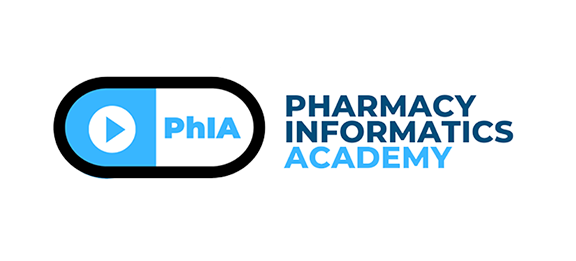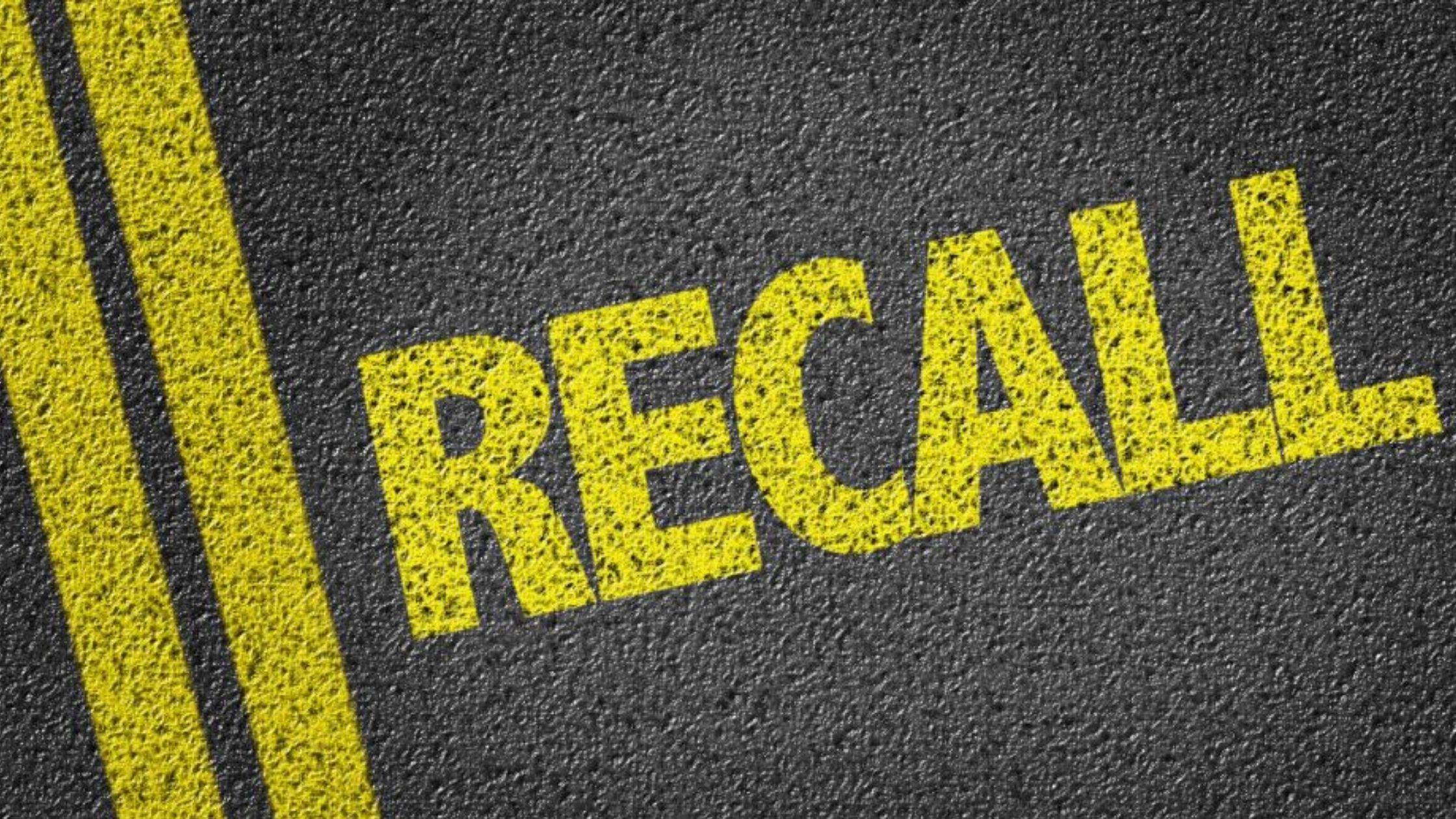Addressing Recalled Medications in the EHR
Addressing recalled medications in the EHR can be complicated due to cascading effects in the workflow. The EHR is highly integrated, so having a drug shortage or a medication recall may require multiple steps to ensure the medication is updated in all points of use in the EHR.
Recently, an example of a recall that massively affected institutions was when the FDA recalled ranitidine due to findings of NDMA, a cancer-causing agent, in ranitidine products. This resulted in many organizations scurrying to find alternatives and to update their system to reflect those changes. Even more recently, metformin has also been found to contain NDMA and recalls have already begun with this drug as well.
The following is a list of steps that I’ve used as a guide to address recalled medications. These are not all-inclusive steps because it may vary for your institution and EHR system, but it’s a list that has helped guide me in my previous roles. This is under the assumption that the organization has already decided through the P&T that the alternative medication has been approved for use.
Note: These steps are based on my own experiences at institutions that do not have a built-in medication recall workflow in the EHR. Some EHRs already have medication recall/shortages CDS functionality that allows a streamlined process without the need for complicated steps.
Identification Steps
From a pharmacy technology standpoint, you would need to address every place that the recalled medication exists in your system. For me, I follow the following checklist of actions to ensure that we address the recall appropriately:
- Identify the affected product NDC from the procurement team or supplier database.
- Run a system-wide report on all patients currently on the recalled medication.
- Generate inventory reports for automated dispensing machines.
- Run a system-wide report on all physician favorites or order sets that contain the recalled medication.
- Identify alternatives to the recalled medication and ensure that the organization has approved these as official alternatives.
- Find all instances of the recalled medication in the automated dispensing cabinets.
- Find all instances of the recalled medication in any IV workflow system.
- Identify any electronic prescription (ePrescribe) orders in the system that involves the recalled medication.
Formulating a Plan
Now that we have all the information, we need to formulate a plan on how we’re going to do this. The general idea is to remove the recalled medication and replace it with alternative medications/product. It’s important to meet with operations to discuss the plan and decide on an appropriate timeframe to do so without major disruptions to workflow. An example of the plan for switching would be as follows:
- Activate the alternative medication in the automated dispensing cabinets, the IV workflow system, and the pharmacy product library of the EHR.
- Switch the patients on the recalled medication to the alternative medication.
- Inactivate the CPOE entry and remove physician favorites for the recalled medication.
- Enable the alternative medication in CPOE and communicate to providers to resave them as favorites.
- Remove all recalled medications from the order sets and replace them with the alternative medication orders.
- Replaced the recalled medication with the alternative medication in all ePrescribe orders.
- Inactivate all instances of the recalled medication in the automated dispensing cabinets, the IV workflow system, and the pharmacy product library of the EHR.
- Enable alternative/shortage alerts and hyperlinks in EHR system to provide clinical references for switching recommendations (See “Addressing the Cutover”)
Note: The reason why I put a focus on the CPOE side before the pharmacy systems side is because if we disable the CPOE order, then we can always clean up the pharmacy systems later. If we disable the recalled medication in the pharmacy systems first, it leaves the potential for providers to still order the recalled medication even though the pharmacy department can’t perform the verify/dispensing action on it.
Addressing the Cutover Period
The cutover steps to remove the recalled medication and replace it with the alternative may take an extended amount of time depending on how much of the system is affected, such as the number of favorites and the number of order sets being used.
- To address this, a rule would need to be created as a workaround until the cutover steps are done.
- This rule would fire upon the provider attempting to place an order for the recalled medication, and the rule will guide the provider to choose the alternative medication instead.
- Having this in place allows us to buy some time to complete the cutover steps of inactivating the recalled medication and replacing it with the alternative medication in all instances of orders and order sets.
Additional Considerations
My colleague Beju Shah also recommends the following general considerations:
- Having a plan for operations to exhaust current supply, ask when to execute the solutions, when it’s not necessary to intervene with existing active patient orders or search for cabinets for current stock
- Consider a plan to exhaust existing supply of medications if possible.
- Identifying whether it is necessary to intervene on active patient orders or not, considering if the order will be discontinued soon or not.
- Running regular utilization reports to potentially forecast procurement of alternate supplies.
- Work with internal IS team to ensure quality assurance steps, such as ensuring the go-live is during the beginning of the week rather than the end of the week.
- Determining the type of communication method that will be used to inform the pharmacy staff of the changes.


June 5, 2020 @ 1:06 pm
Very useful article ..!! thanks …!